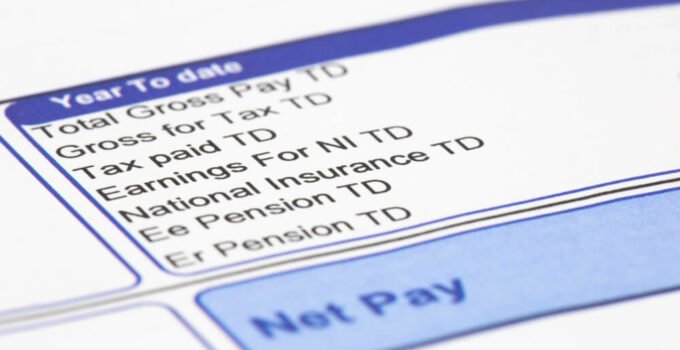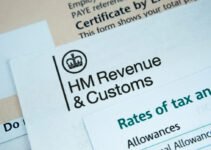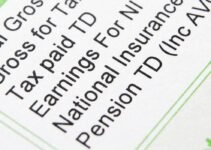The categorisation of National Insurance Category Letters is determined by several factors, including employment status, age, and personal situations.
For instance, employees typically fall under Class 1 contributions, whereas self-employed individuals are assigned to Class 2 or Class 4, depending on their income levels. Other special categories exist as well, which may apply to students, pensioners, or individuals receiving certain benefits. Each category represents a distinct framework for contribution obligations and benefits entitlements within the UK’s tax system.
National Insurance Contribution Rates for 2025
The national insurance contribution rates are set to play a crucial role in the financial landscape of the 2025 tax year. Each category letter determines the specific contribution rates applicable to various classes of contributors, including employees, employers, and self-employed individuals. Understanding these rates is essential for individuals and businesses alike as they directly impact the amount deducted from earnings, influencing take-home pay.
For employees under National Insurance category letters A and B, the contribution rate for the 2025 tax year will be established at a rate of 12% on earnings between the lower earnings limit and the upper earnings limit. Any earnings above the upper limit will be subject to a reduced rate of 2%. Employers, on the other hand, will typically see a contribution rate of 13.8% on the earnings of their employees falling within these same thresholds. This categorization not only defines individual liabilities but also reflects the employer’s responsibility to contribute toward national insurance.
For self-employed individuals, the situation is somewhat different. For those classified under the category letter C, national insurance contributions will be outlined at a flat rate of 9% on profits above a specific threshold, paired with a smaller fixed contribution that applies regardless of income. This system aims to ensure fair contribution levels while accommodating the unique financial circumstances of self-employed individuals.
Compared to previous years, the 2025 rates show a slight increase in contribution percentages, driven by the need to fund public services effectively. As such, individuals and companies are encouraged to review their respective national insurance category letters to fully comprehend how these adjustments may influence their financial obligations and overall cash flow in the upcoming tax year.
Find out how to find a lost National Insurance Number if you do not know yours already.
How to Check Your National Insurance Category
Understanding your National Insurance category is crucial for ensuring that your contributions are accurate and in line with government regulations. Verifying your national insurance category letters can help you avoid potential liabilities or penalties that may arise from incorrect contributions. There are several straightforward methods to determine your category, whether through online services or direct communication with HM Revenue and Customs (HMRC).
One of the simplest ways to check your national insurance category is by utilizing the online services offered by HMRC. You can access your personal tax account if you have registered for online services. This portal provides comprehensive information regarding your tax affairs, including your national insurance details. To log in, you will need to provide your government gateway ID and password. Once logged in, navigate to the National Insurance section where you can view your current category letters along with additional information about contributions and entitlements.
If you encounter any difficulties or prefer speaking to someone directly, another option is to contact HMRC by phone. Their helplines are available to provide assistance with inquiries regarding your national insurance category and contributions. When calling, ensure that you have your National Insurance number and relevant personal details on hand, as this will help the representative assist you more efficiently.
Regardless of the method you choose, it is essential to regularly check your national insurance category, especially as taxes and contribution requirements may change over time. By taking these proactive measures, you can ensure that your contributions are accurate, thereby mitigating any risks of financial repercussions associated with incorrect reporting.
Implications of National Insurance Contributions on Benefits
National Insurance (NI) contributions serve as the cornerstone of the UK’s social security system and have significant implications for individuals looking to access various government benefits and pensions. Each person’s contributions, classified under specific national insurance category letters, determine their eligibility for these benefits. For instance, contributions made during one’s working life are crucial for qualifying for the State Pension, which is traditionally relied upon during retirement. The amount one receives is directly linked to the number of qualifying years of NI contributions made throughout their working life.
The primary function of the NI system is to provide financial support during unemployment, sickness, or retirement. Government benefits such as Jobseeker’s Allowance and Employment and Support Allowance also hinge on individuals having made sufficient contributions. A clear understanding of national insurance category letters can provide insight into how contributions should be managed, especially for self-employed individuals who might have different obligations compared to employees. For instance, understanding whether one falls under Category A or Category B can be crucial for ensuring that contributions are accurately calculated and submitted.
Furthermore, the long-term implications of making correct NI contributions cannot be overstated. Insufficient contributions can lead to reduced benefits in times of need, affecting an individual’s financial security. Therefore, it is imperative for individuals to be aware of their contribution records and to rectify any discrepancies, ensuring their right to full benefits. This proactive approach not only secures one’s immediate financial reliability but also underpins long-term stability and support from the National Insurance system. Thus, maintaining accurate contributions can greatly influence overall financial well-being in later years.



